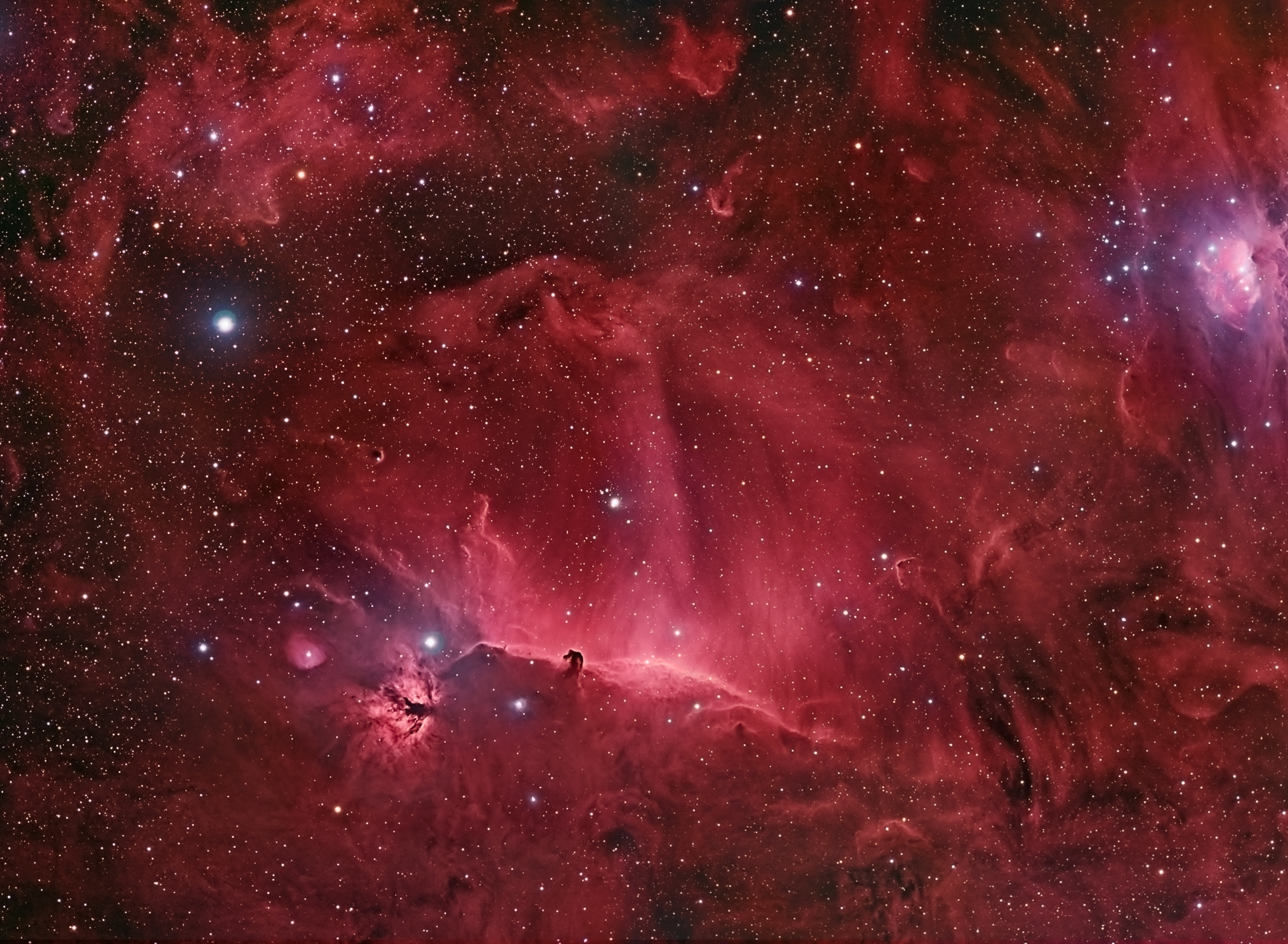A picture is worth a thousand words, and a video ten thousand. Here are some excellent video resources that provide solid science and fun learning about Lunar Eclipses:
California Academy of Sciences, courtesy of Bing Quock.
Science At NASA.
NASA Goddard: Understanding Lunar Eclipses
31 March 2015
22 March 2015
The Spring 2015 Eclipse Season
We are in an Eclipse Season, a period of time approximately every six months when we experience 2 or 3 eclipses in a short period of time. Just a few days ago Europe experienced a Total Solar Eclipse far in the north of the continent, and by coincidence I was in the region on a business trip and experienced a partial eclipse. Being there reignited the love I have for eclipses and now that I am back in San Francisco, I am counting down the days to the next Total Lunar Eclipse on the early morning hours of April 4th. This is the third in a 'Tetrad of Total Lunar Eclipses' that started in 2014 and conclude later this year.
The upcoming Lunar Eclipse will be visible from the west coast of the United States in the pre-dawn hours, starting at 3:17 AM and reaching totality from 4:58 until 5:03 AM. This should be a unique eclipse due to the very short duration of totality. As the Moon will barely be fully engulfed in the umbral shadow of Earth, the color will likely be quite unusual. The past few Lunar Eclipses have produced 'blood red' Moons, but I expect this one will be a more shallow shading with more light on the limb of the Moon and not the dark or ruddy color that is often seen during totality. I look forward to a high-speed Lunar Eclipse. In many ways it will be reminiscent of a Total Solar Eclipse, in that we will only experience a tantalizing short few minutes of totality - something I am quite used to when it comes to Solar Eclipses, but not used to for Lunar.
The San Francisco Amateur Astronomers are planning a public viewing event at Ocean Beach in San Francisco on April 4th. Come join us for a fun time viewing this unique eclipse at the beach.
Image courtesy Fred Espenak.
 |
| Lunar Eclipse April 4 |
The San Francisco Amateur Astronomers are planning a public viewing event at Ocean Beach in San Francisco on April 4th. Come join us for a fun time viewing this unique eclipse at the beach.
Image courtesy Fred Espenak.
09 March 2015
Saturn and Scorpius in the morning
 |
| Saturn and Scorpius |
Image courtesy of Sky & Telescope.
06 March 2015
Comet Lovejoy still visible
 |
| Path of Comet Lovejoy |
Image courtesy of Sky & Telescope.
20 February 2015
A Fantastic Conjunction: Moon, Mars and Venus
 |
| Conjunction |
More details on Sky & Telescope's website. Image courtesy of Sky & Telescope.
07 February 2015
The King of the Night Sky
Jupiter has taken its place as the dominant object in the night sky, outshining everything else around it for the coming months. It just reached 'opposition' as it has its closest approach to the Earth for the next year. At opposition, Jupiter and the Earth and Sun are in a straight line, and Jupiter is visible for the entire night, rising in the east as the Sun sets in the west, towering high overhead during the night, and setting in the west just as dawn breaks.
The disk of Jupiter is at its maximum visible size, a clear ball with dominant cloudtops in backyard telescopes, with the four moons visible every night in an interplay that changes hourly. It's one of my favorite telescope objects because there is so much richness and visual beauty in the sight of this giant planet with its equatorial bands shining through.
Take a moment to appreciate the King of the Night Sky, currently passing through Leo the Lion. Jupiter's orbit takes it around the Sun in 12 of Earth's years, so each year we see it move to the next zodiac sign (Cancer in 2014, Leo in 2015, and Virgo in 2016).
Image courtesy Sky & Telescope.
 |
| Details of Jupiter |
Take a moment to appreciate the King of the Night Sky, currently passing through Leo the Lion. Jupiter's orbit takes it around the Sun in 12 of Earth's years, so each year we see it move to the next zodiac sign (Cancer in 2014, Leo in 2015, and Virgo in 2016).
Image courtesy Sky & Telescope.
21 January 2015
KFOG Broadcast: January 21, 2015
 Had a good show with Renee, Irish Greg and No Name at KFOG. The Morning Show is always a lot of fun, with twists and turns along the way. We talked about Astronomy apps, Aliens, Star Parties, Orion, Comet Lovejoy, Pluto and New Horizons, and more. Click here to listen.
Had a good show with Renee, Irish Greg and No Name at KFOG. The Morning Show is always a lot of fun, with twists and turns along the way. We talked about Astronomy apps, Aliens, Star Parties, Orion, Comet Lovejoy, Pluto and New Horizons, and more. Click here to listen.
20 January 2015
Moon and Venus in the West
 |
| lender Moon and Venus |
In San Francisco, the Sun sets around 5:20 pm so the view here should be accurate for 6:00 pm. You'll need a clear horizon due west to see this. Best of luck and happy viewing!
Subscribe to:
Posts (Atom)




